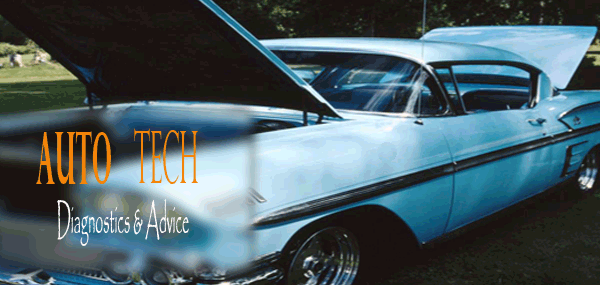
Brake Fluid
It is the brake fluid and the fluid’s pressure that is responsible for applying the brakes so that the vehicle will come to a safe and complete stop. Without any brake fluid the brake pedal would go all the way to the floor when being applied, and the brakes would not respond. From the moment that the brake pedal is depressed, brake fluid rushes through the brake lines to each wheel so that the brakes are then applied. That is why the brake fluid’s role in the brake system is so crucial to the brakes’ safe operation.
Because of the importance of brake fluid, brake fluid should be inspected regularly and never topped off if the brakes themselves have not been inspected. Brake fluid can be low for one of two reasons. There could either be a leak somewhere in the brake system or brake fluid can be low due to normal brake wear.
Most types of brake fluid are considered hygroscopic, which means that the fluid absorbs moisture from the surrounding air, lowering the boiling point of the fluid. Besides brake fluid being hygroscopic, brake fluid is a very strong solvent that can remove paint if fluid gets on any painted surface.

There are several types of brake fluid on the market, so putting the correct brake fluid back in the vehicle with the correct qualifications and manufacturer recommendations is mandatory for the safe and secure operation of the brakes. You can always read the brake fluid cap for the correct type of brake fluid that belongs in the vehicle. The main types of brake fluid are DOT 3, DOT 4, and DOT 5.
DOT 3 brake fluid is the type that is most frequently used. DOT 3 is a hygroscopic fluid that can absorb moisture even through plastic and it does not keep for long periods of time on the shelf. The dry boiling point of DOT 3 brake fluid is 401 degrees Fahrenheit.
DOT 4 brake fluid can be used on all vehicles that are designed to use DOT 3, although some manufacturers do not recommend mixing DOT 3 and DOT 4 brake fluids. DOT 4 brake fluid is still hygroscopic, but DOT 4 has a higher boiling point than DOT 3. The dry boiling point of DOT 4 is 446 degrees Fahrenheit.
DOT 5 brake fluid is also referred to as a silicone type brake fluid and can be found on some cars without abs systems and many race cars. DOT 5 has a 500°F boiling point, and this allows for the brakes to operate at a higher heat so the vehicle can stop faster and more frequently. DOT 5 fluids should never be used with a brake system that has antilock brakes, and it should never be mixed with any other brake fluid. DOT 5 fluids do not absorb any moisture; therefore it is considered nonhygroscopic and therefore has a longer shelf life.
The following steps will guide you through the proper removal and installation of brake fluid in your brake system. Of course, you should always thoroughly check the brakes hydraulic system for any signs of leakage prior to just exchanging the brake's fluid. Visit our brake inspection page first for complete details on what to look for.
Featured Video
Step 1
Step 2
Step 3
Step 4
Step 5
Step 6
Step 7



Share